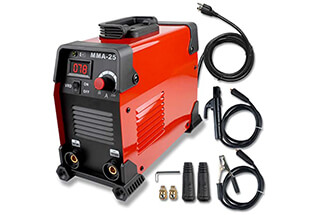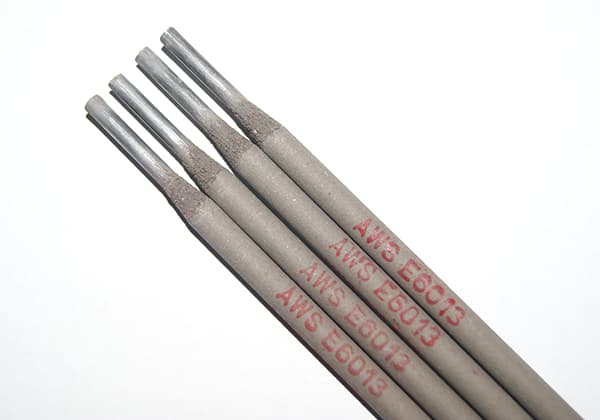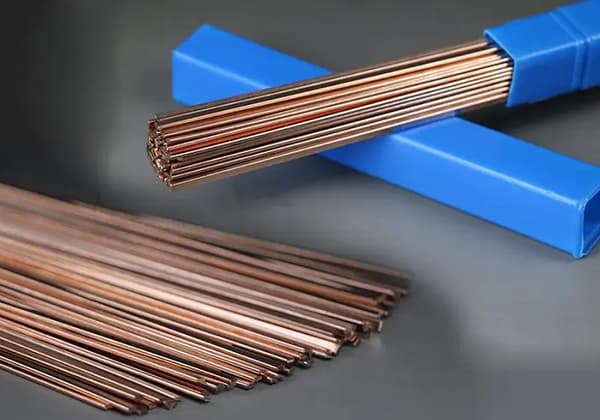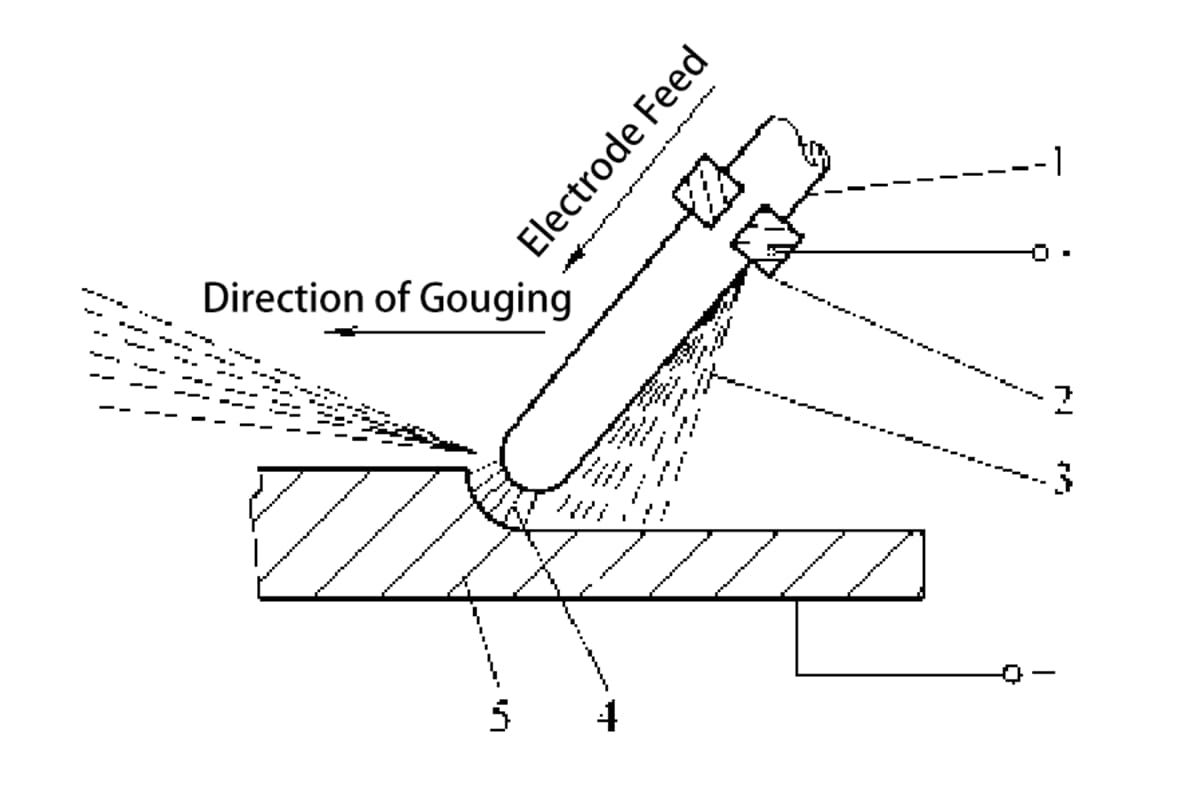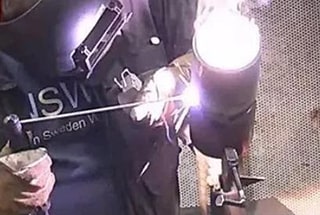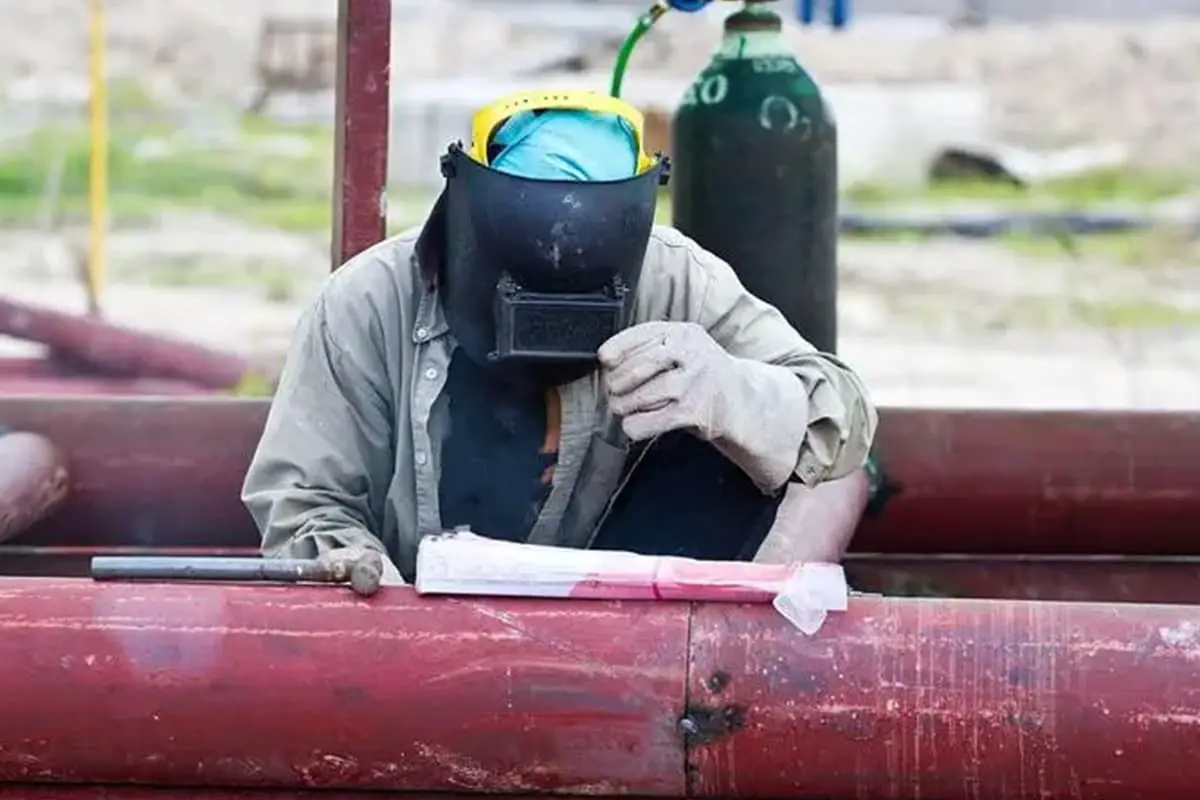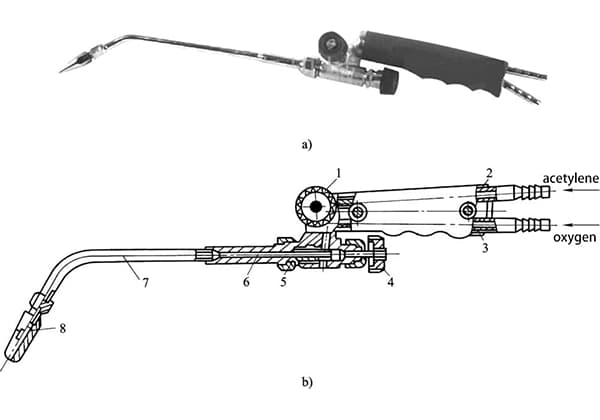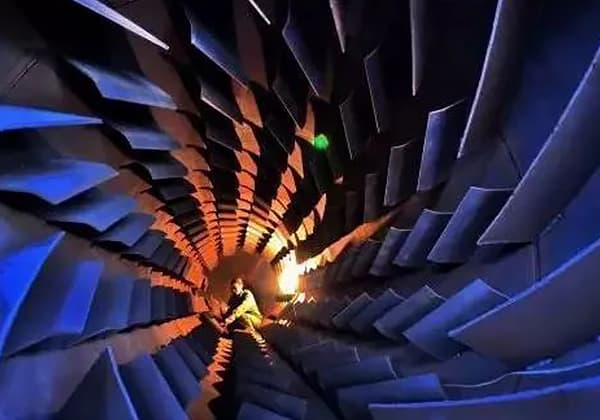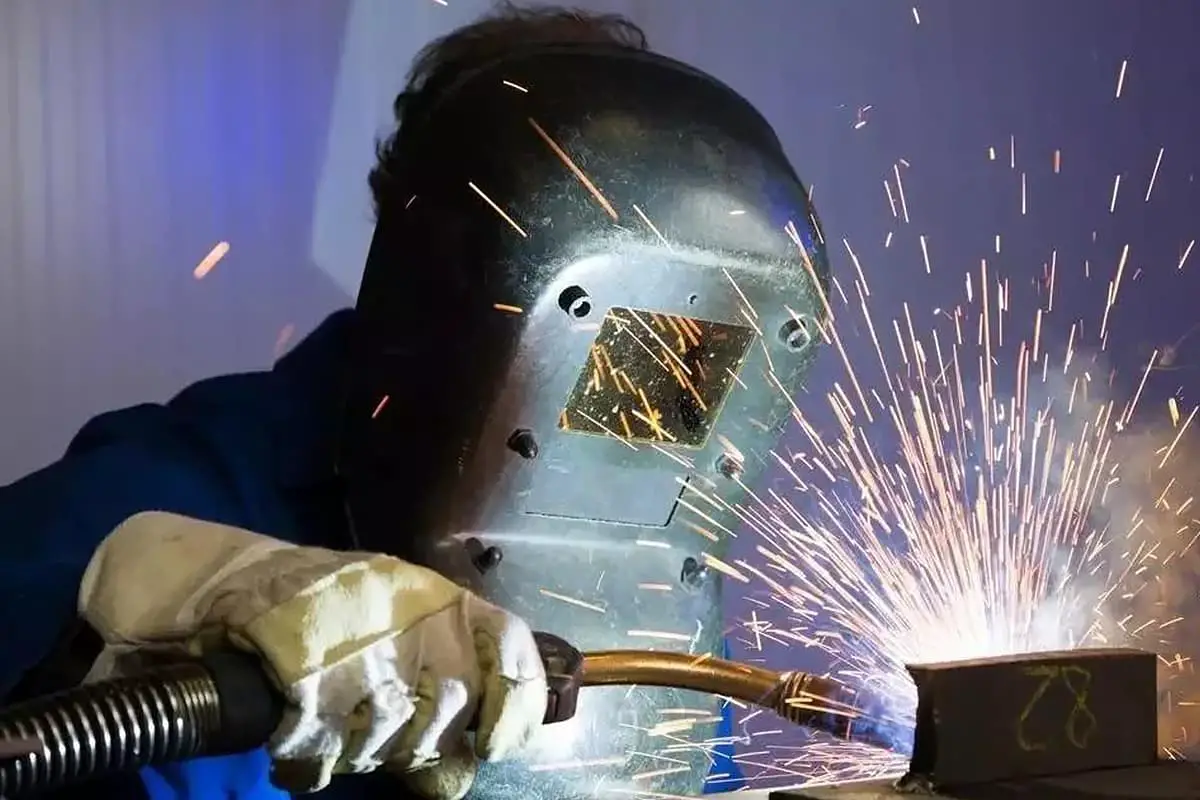
How can you ensure the welding rods you’re using are of high quality? This article introduces straightforward methods for checking welding rod quality, including visual inspection, testing coating strength, and identifying electrode deterioration. By understanding these simple techniques, you can avoid common welding issues like excessive spatter and unstable arcs. Discover practical tips to ensure your welding rods meet necessary standards, ensuring better welding performance and reliability.
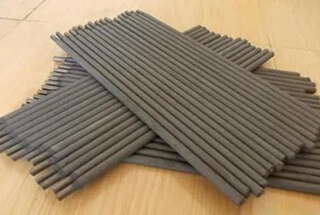
Welding rods, also known as electrodes, are indeed crucial components in many welding processes, particularly in shielded metal arc welding (SMAW). While they are widely used, their quality can significantly impact weld integrity and overall welding performance. Substandard welding rods can lead to various issues, including excessive spatter, arc instability, and poor weld bead formation, ultimately compromising the strength and quality of the welded joint.
For welders and fabricators without access to sophisticated testing equipment, there are several practical methods to assess the quality of welding rods:
Related reading: How to Choose the Right Welding Rod?
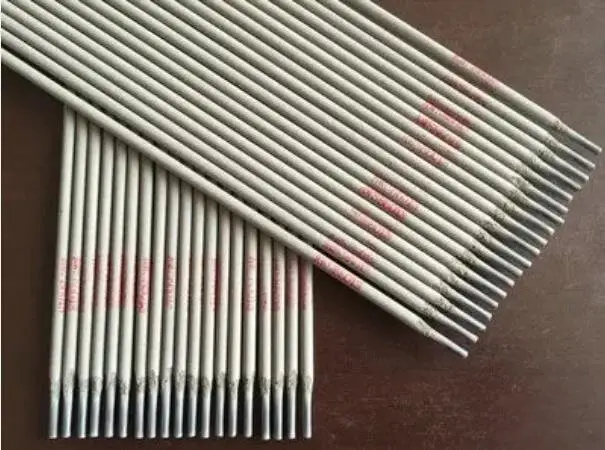
The quality of a welding rod can be assessed by examining the resulting weld joint. A high-quality welding rod produces a stable arc during welding, with uniform melting of both the core wire and coating. Minimal spatter should be observed, and the resulting weld bead should exhibit proper fusion, penetration, and profile. The slag should be easily removable, leaving a clean weld surface. Inspectors should look for defects such as porosity, undercut, or excessive convexity, which may indicate rod quality issues.
To evaluate the coating integrity of a welding rod, perform a drop test. Hold the electrode vertically at a height of one meter above a smooth, thick steel plate and release it. If the coating remains intact upon impact, it suggests adequate coating strength and adhesion. This test should be repeated several times with different electrodes from the same batch for a representative assessment. Note that this method is more suitable for rutile and basic electrodes rather than cellulosic types.
Conduct a thorough visual examination of the welding rod. The coating surface should be smooth, uniform, and free from pores, cracks, or mechanical damage. Check for coating eccentricity by rolling the electrode on a flat surface – any wobbling indicates uneven coating distribution. The core wire should be free from corrosion, and the rod should be straight without any bends. Inspect the striking end for proper stripping and the grip end for clear markings of electrode type and batch number.
To ensure welding rod quality meets project specifications, verify the chemical composition and mechanical properties of the deposited metal. This typically involves spectrometric analysis for chemical composition and mechanical testing (tensile strength, yield strength, elongation, and impact toughness) of weld metal samples. These tests should be performed in accordance with relevant standards (e.g., AWS A5.1 for carbon steel electrodes) and compared against the material certificates provided by the manufacturer.
For low-hydrogen electrodes, particularly those used in critical applications, check the moisture content. This can be done by weighing a sample of electrodes before and after baking in an oven at the manufacturer’s recommended temperature (typically 300-350°C) for 1-2 hours. The weight loss should not exceed the maximum specified by the relevant standard (usually 0.6% for E7018 electrodes). Alternatively, use a moisture meter designed for welding consumables.
Perform a brief welding test to assess arc stability and overall performance. Strike an arc and maintain it for 15-20 seconds, observing the ease of arc initiation, stability during welding, and re-striking characteristics. A quality rod should provide smooth arc behavior with minimal fluctuations in current and voltage.
By combining these inspection methods, welders and quality control personnel can effectively assess welding rod quality, ensuring optimal welding performance and joint integrity in their fabrication processes.
(1) To assess the moisture content of welding rods, place several in your palm and roll them against each other. A clear, metallic sound indicates dry rods, while a low, rustling sound suggests dampness. This quick field test relies on the acoustic properties of the electrode coating.
(2) For a more definitive moisture check, short-circuit the electrode in the welding circuit for 3-5 seconds. The appearance of granular spots on the coating surface is a clear indication of moisture absorption. This method leverages the electrode’s electrical properties and coating integrity.
(3) Visual inspection of the welding core can reveal rust marks, a telltale sign of moisture exposure. These oxidation spots compromise the electrode’s performance and weld quality.
(4) For thick-coated electrodes, perform a controlled bend test to 120°. Dry electrodes will emit a small, brittle cracking sound when lightly bent, with a minor crack appearing on the tensile side of the coating at 120°. Conversely, damp electrodes may shed large amounts of coating or show no surface cracks, indicating compromised coating integrity.
(5) During welding, excessive coating detachment or significant water vapor generation are critical indicators of electrode dampness. Such electrodes must be immediately discarded to prevent weld defects and potential safety hazards.
While damp electrodes can often be reconditioned through proper drying procedures, it’s crucial to note that low-hydrogen electrodes intended for critical applications must be discarded if any rust is detected on the welding core. The presence of rust can introduce hydrogen into the weld, potentially leading to hydrogen embrittlement and compromising the weld’s structural integrity.
Implementing these identification methods as part of a comprehensive quality control process ensures optimal welding performance and adherence to industry standards such as AWS D1.1 or ISO 3581. Regular electrode condition monitoring is essential for maintaining weld quality, minimizing defects, and ensuring workplace safety in welding operations.

